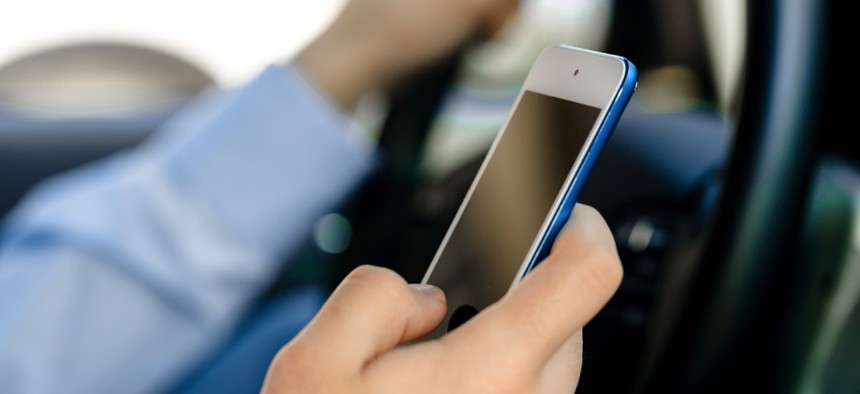Are New Technologies Making Our Driving Worse?

www.BillionPhotos.com / Shutterstock.com

Connecting state and local government leaders
One of the latest hands-free devices projects cellphone options on a screen. And that raises safety questions.
We see it on a daily basis and we hear of the rising number of automobile accidents that are caused by new technologies being introduced to the marketplace. With a growing number of devices—GPS systems, iPads, car audio systems and cellphones—within easy reach, keeping a focus on the road is an obstacle that has become more and more difficult for many Americans in the last few years.
One in five drivers has been involved in a serious crash, with one in eight drivers seriously injured in an accident.
In recent years, the number of fatal accidents has steadily risen, and the introduction of newer technologies to combat distractions has not assisted. Nearly two out of three drivers reported using their cellphone while operating a vehicle in the past month, and one out of three admitted to using their phones regularly.
Videos were recorded for six seconds prior to teenage automobile crashes and analyzed by researchers in Washington, D.C., in another study. Almost 1,700 videos were reviewed and proved that distractions were a major component in 58 percent of all crashes.
Not surprisingly, interacting with other passengers in the car, as well as cellphone use, were the top two contributing factors to distracted driving behaviors. The study also outlined teen reaction time for rear-end accidents, finding more than half of teen drivers failed to react until after the crash occurred.
Teen drivers in the Richmond, Virginia, area were asked to complete a study based on their distracted driving habits, as well as their viewpoints and thoughts regarding the behavior. The study, “Drive Alive Richmond,” produced some startling results this past spring.
Thankfully, 93 percent of the participants stated they knew texting and driving in Virginia was illegal.
Of all survey participants, 58 percent of teen drivers still engaged in texting and driving. Another 40 percent of the participants who text and drive said they engage in cellphone use in higher risk areas.
Most teenage drivers have a few, if any, years of experience operating a vehicle on the road. The results of this study illustrate the rising challenges faced by parents who have teen drivers on the roads.
Newer technologies that offer hands-free vehicle operations sound like an excellent idea, but the equipment must also be viewed as potentially dangerous and could cause just as much a distraction to drivers. Bluetooth devices offer the ability to talk on cellphones while driving and avoid picking up your phone.
Future devices are being rolled out that project cell phone options on the screen of automobiles to improve driving connectivity. Such technology should be adopted with caution, as our cognitive abilities can easily become impaired with hands-free devices.
Curbing these behaviors is critical to the health and well-being of all drivers nationally. Newer technologies generally increase the riskiness of practicing safe driving on our roads and highways.
Communicating the dangers of distracted driving behaviors starts with our education systems, as well as parenting techniques.
Most assume that a serious distracted driving accident can’t happen to them, but they’re more common than most think. If you have a teen, be sure to talk to them about distracted driving and help keep roads safer for all of us.
Donna Fitzgerald is a U.S. Postal Service employee, safety advocate and mother of two teenage daughters who based in North Carolina.

NEXT STORY: NSA-grade encryption for mobile over untrusted networks




